Communication Dans Un Congrès
Année : 2015
Yannick Brohard : Connectez-vous pour contacter le contributeur
https://hal.umontpellier.fr/hal-02285175
Soumis le : jeudi 12 septembre 2019-15:30:14
Dernière modification le : mardi 5 novembre 2024-14:26:18
Dates et versions
Identifiants
- HAL Id : hal-02285175 , version 1
Citer
Emil Alexander Cherrington, Nicolas Barbier, Grégoire Vincent, Raphaël Pélissier. Unravelling the Green Carpet: Use of Remotely Sensed Data for Improved Inventorying & Monitoring of French Guiana's Forest. XIV World Forestry Congress, IUFRO, Sep 2015, Durban, South Africa. pp.1-8. ⟨hal-02285175⟩
Collections
86
Consultations
0
Téléchargements
